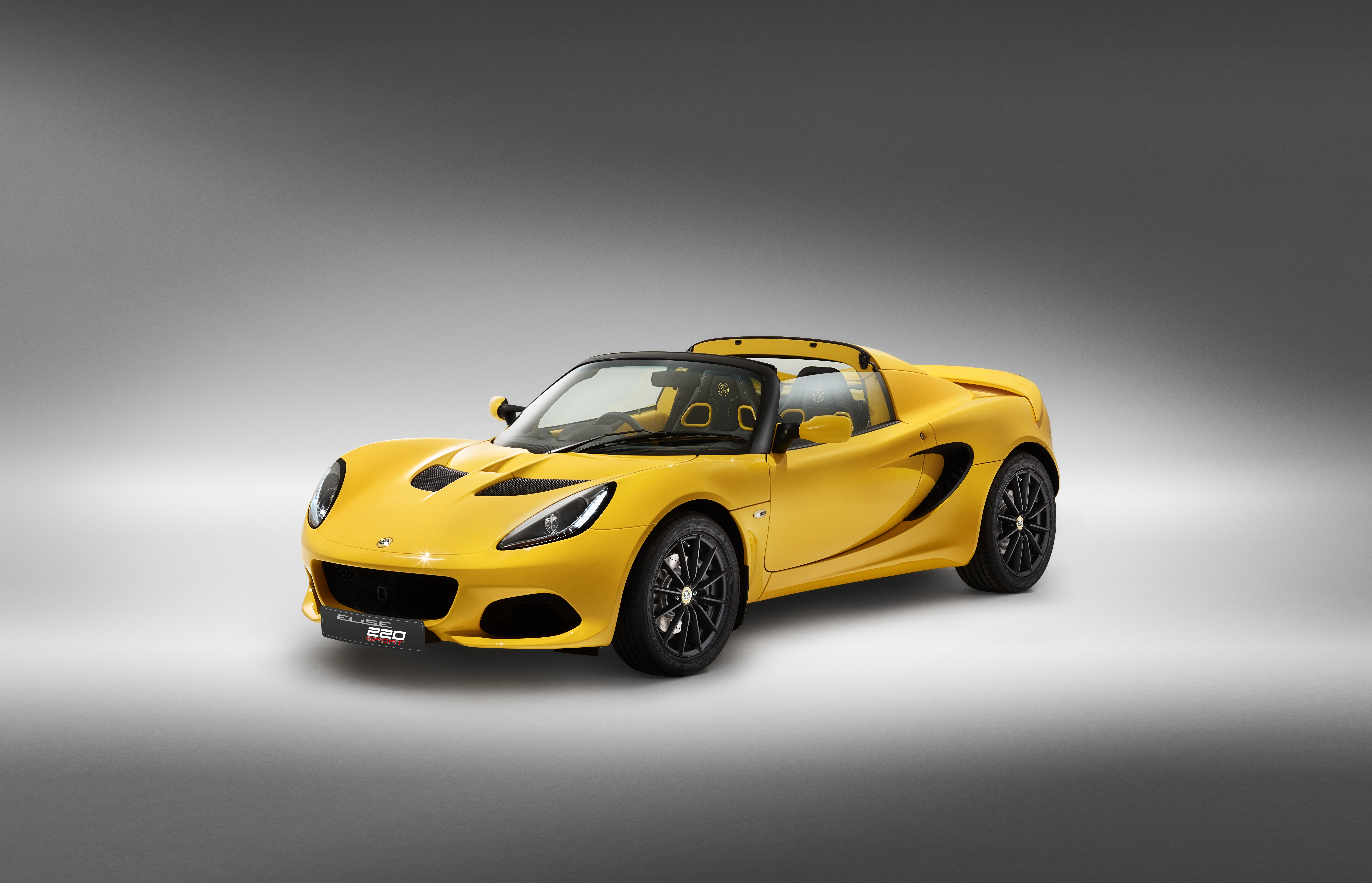The 1990s brought a resurgence for ‘British’ sports cars, especially if you were a Japanese manufacturer. But back in the homeland, Lotus had made a return to its tiny sports car roots with a roadster so driver-focused it made the likes of the MX-5 look like it was for filthy casuals.
The Lotus Elise was a car for serious drivers. Its mid-mounted engine drove the rear wheels, unlike the front-engine Elan it spiritually replaced.
In its infancy, the Elise gained its name from, well, an infant. The granddaughter of Lotus’s then-owner Romano Artioli, Elisa, was a baby when the ‘Type 111’ made its debut at the Frankfurt Motor Show in September 1995.
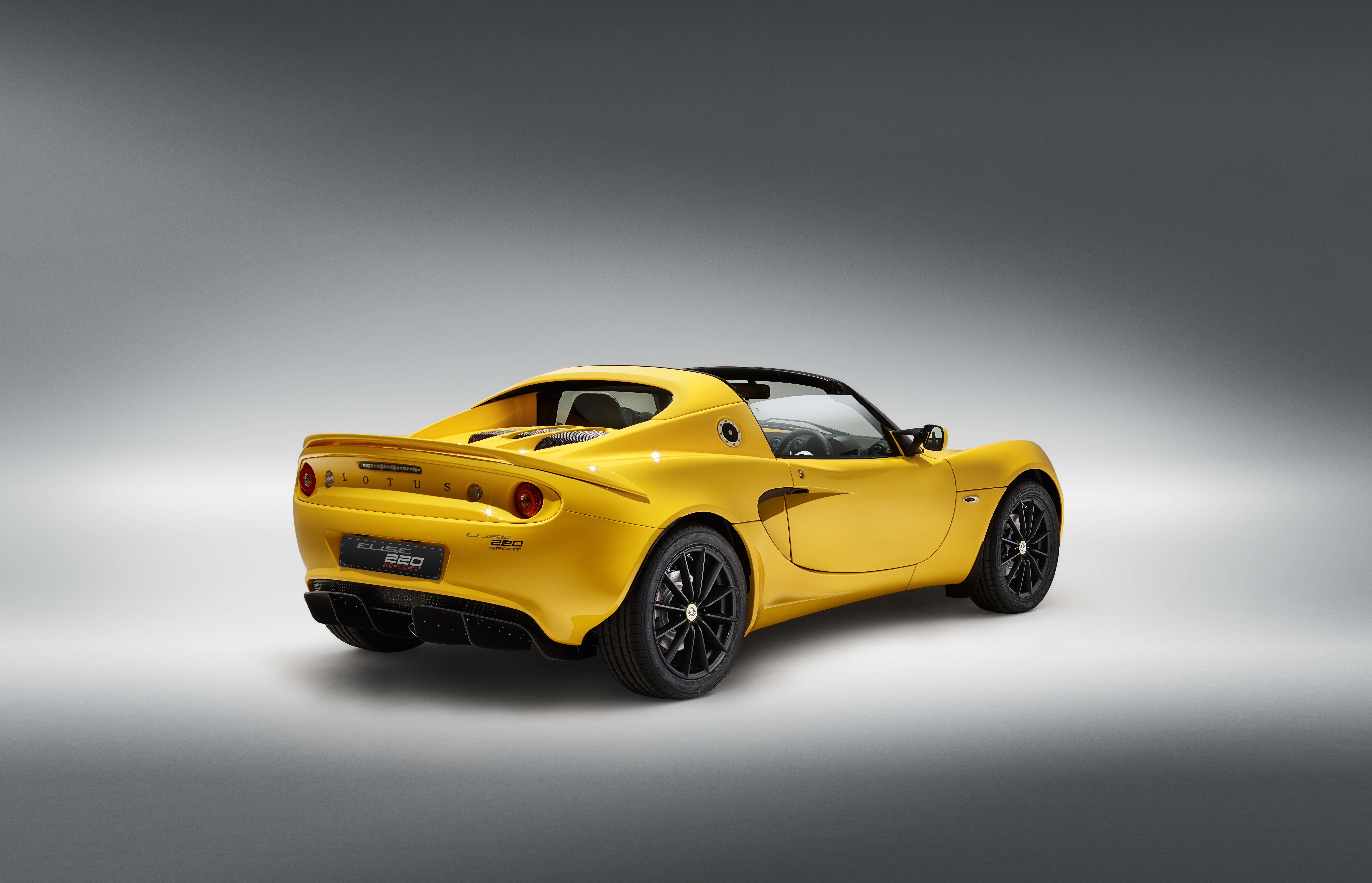
Artioli suggested the name of his granddaughter for the car, and then-head of public relations for Lotus, Patrick Peal, rushed to change the promotional material.
“I had even purchased the number plate M111 LCL to be used on one of the disguised prototypes,” he said years later. But the world was greeted with ‘Elise’, and the name has become more iconic than a few numbers.
The Elise boasted an innovative platform – its extruded and bonded aluminium chassis was strong, light, and cloaked by a pert, tightly drawn fibreglass body.
The Lotus Elise S1 was powered by a Rover K-Series 1.8-litre inline-4 borrowed from the MG F roadster, good for 88kW and able to reach 100km/h in less than six seconds thanks to its low kerb weight of just 725kg.
In Australia, you could have one from about $70,000. Lotus was so proud of its lightness, Peal carried an extruded bonded aluminium accelerator pedal in his jacket as a talking point during the launch. Colin Chapman would have approved.
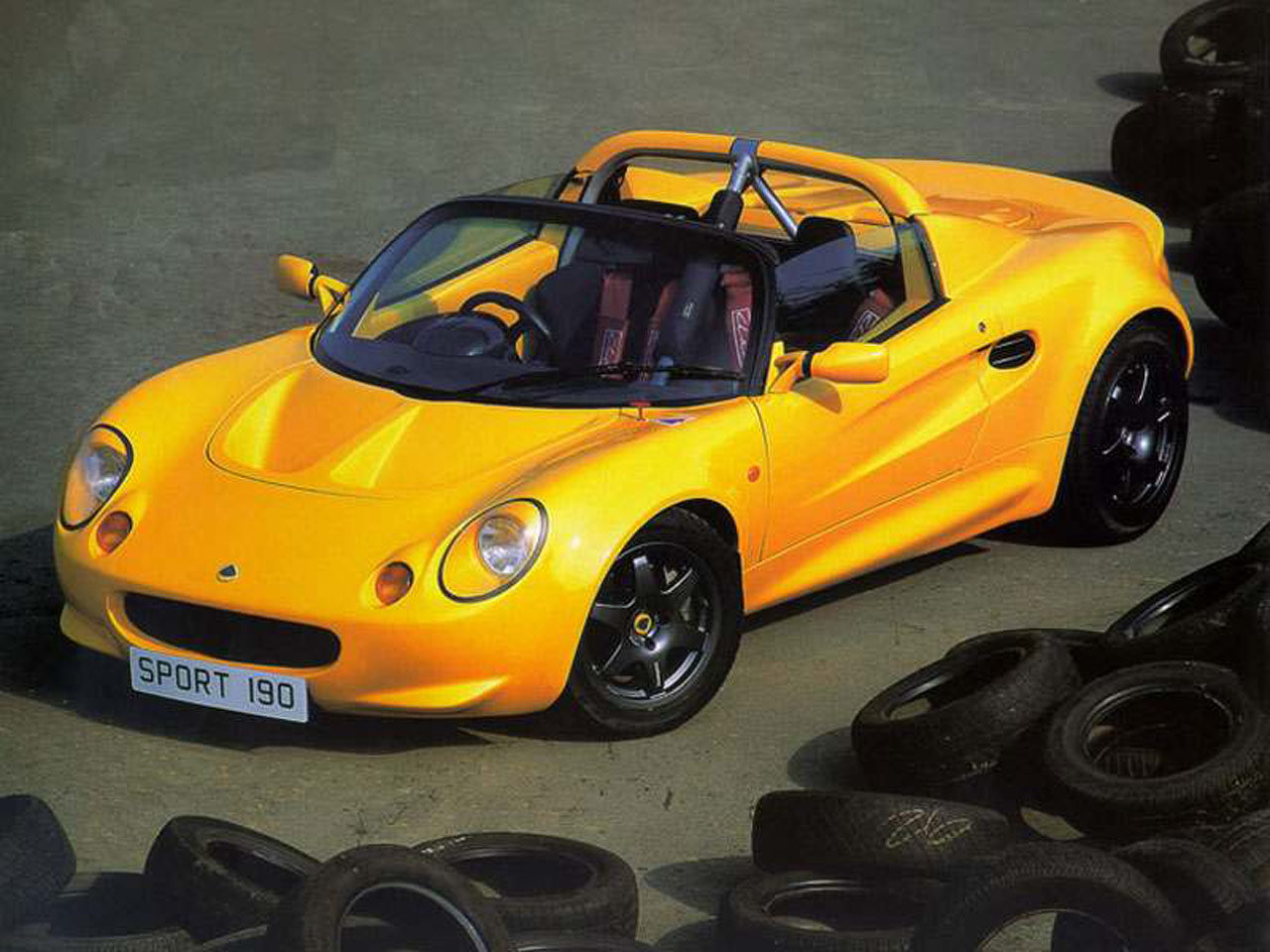
By 2000, Lotus had to alter the chassis to meet new crash regulations, so in exchange for a Vauxhall-badged sports car (the Vauxhall VX220/Opel Speedster) on the same chassis, GM funded the Elise S2, released in 2001 and featuring a more aggressive body with an even more insectoid face.
The year 2004 marked the beginning of Lotus’s engine supply deal with Toyota. The Elise 111R’s 1.8-litre 2ZZ-GE inline-4 made a rousing 140kW, and meant the only slightly heavier, 860kg second-gen Elise could hit 100km/h in 5.1sec.
At the same time, the Elise spawned the Exige coupe, initially a roofed Elise twin; later a separate model which used only Toyota V6 engines.
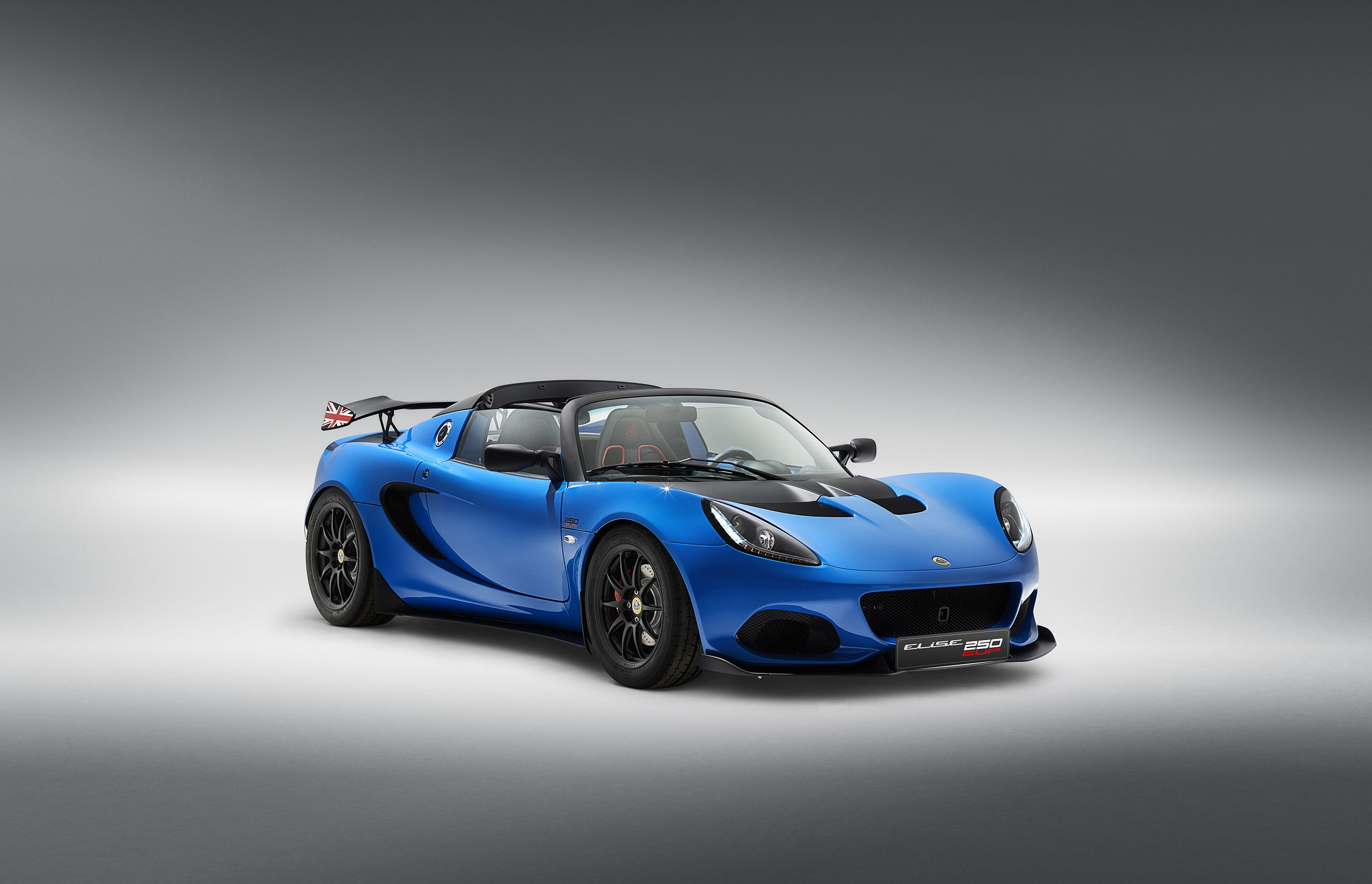
The third-generation Elise arrived in 2010, with few structural changes to the chassis, still extruded bonded aluminium. Reviewers would say the same thing they had of the Elise since its birth: a challenging car to drive properly fast, but deeply rewarding to get right.
The S3 later added a supercharger to the Toyota four, culminating in cars like the Cup 250 Final Edition that claims a 0-100km/h time of 4.3 seconds and a price tag of $110,000.
It marks the end of a badge that must give way to the electrified future for Lotus if it’s to survive, but will hold a special place for many.
As for the last Elise ever built, it’s now owned by one Elisa Artioli.
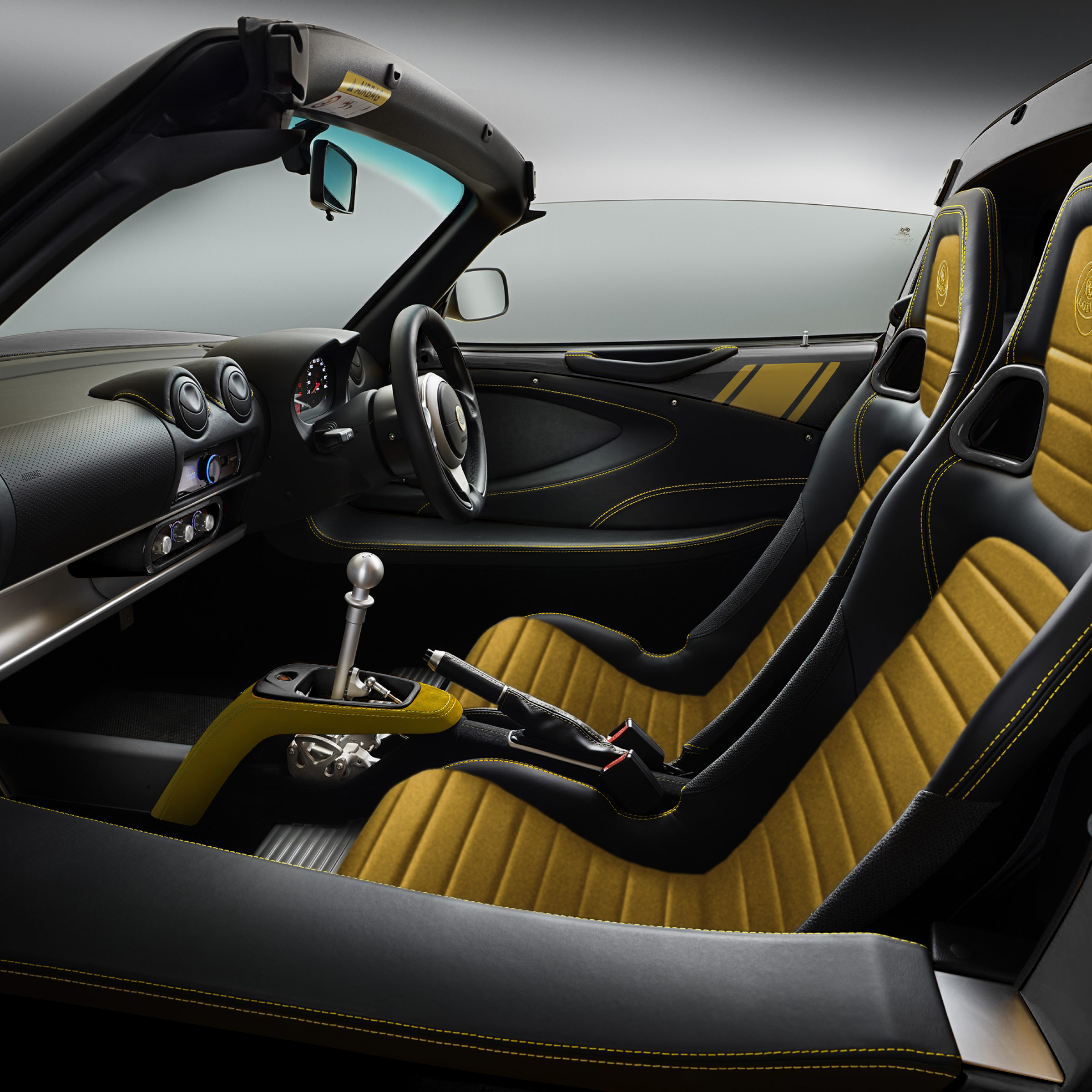
Batteries now included
Much like they did back in 1995, Lotus engineers will continue to use bonded aluminium for the chassis of electrified models, going some way to explaining how the incoming Lotus Evija supercar weighs just 1680kg.
With a mind-boggling 1470kW, Lotus claims a 0-100km/h time in less than three seconds with a top speed of 322km/h. More than $3m will net you one, a little pricier than an Elise.


